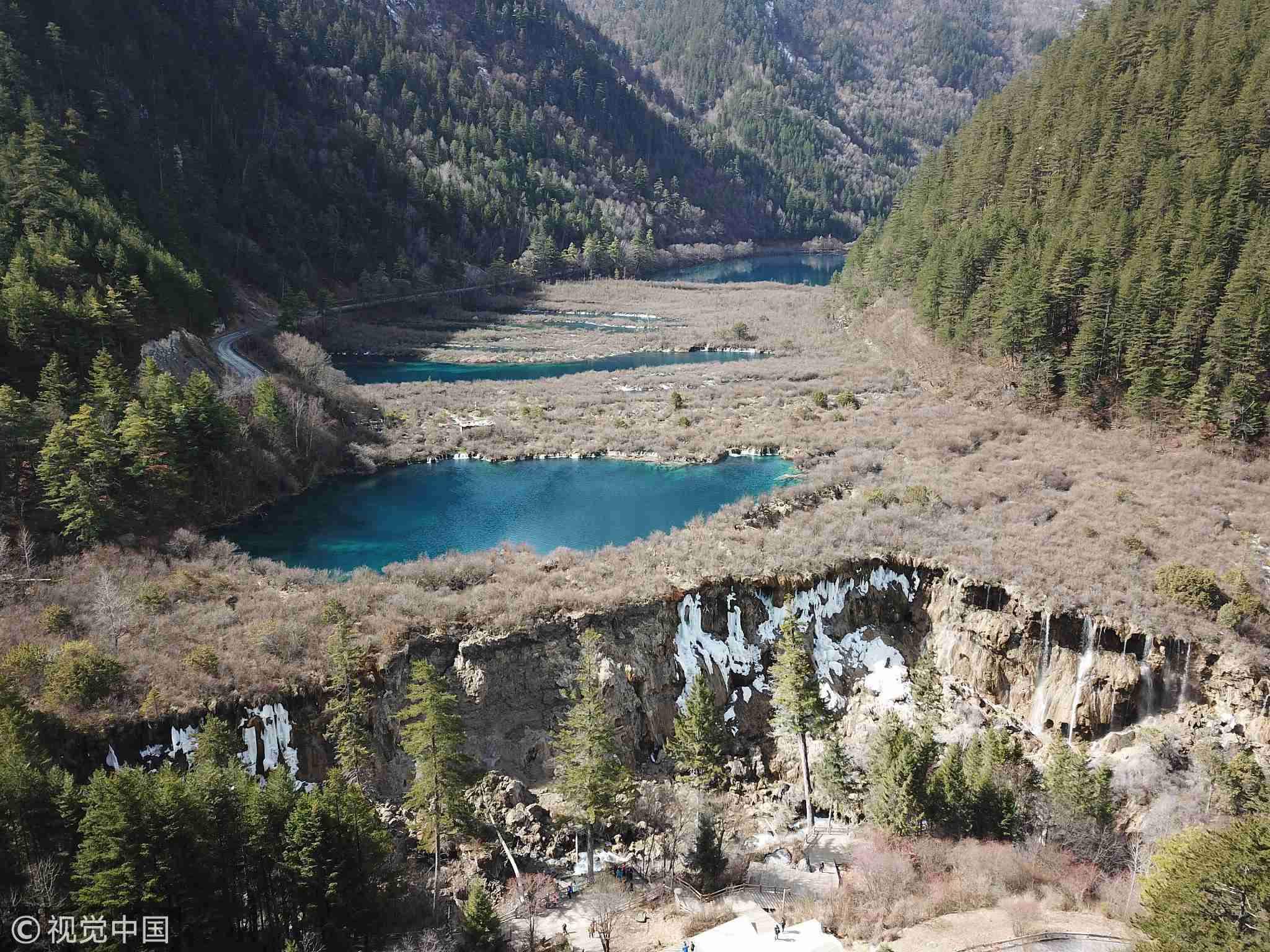
What Happened to Jiuzhaigou?
Jiuzhaigou Valley, a UNESCO World Heritage site renowned for its stunning turquoise lakes, cascading waterfalls, and vibrant forests, faced a significant challenge in 2017. A powerful earthquake struck the region, leading to widespread damage and impacting its natural beauty.
The Jiuzhaigou Earthquake
On August 8, 2017, a magnitude 7.0 earthquake struck Jiuzhaigou County in Sichuan Province, China. The epicenter was located approximately 300 kilometers north of Chengdu, the provincial capital. The earthquake had a profound impact on the Jiuzhaigou Valley, causing extensive damage to its infrastructure and natural landscapes.
Impact on the Scenic Area
The earthquake had a devastating impact on the Jiuzhaigou scenic area. The tremors triggered landslides, damaged roads and trails, and altered the flow of water in some areas.
Here's a breakdown of the damage:
| Feature | Damage |
|---|---|
| Nuorilang Waterfall | Partially collapsed, altering its iconic appearance. |
| Sparkling Lake (Huohuahai) | Suffered significant damage, with its water level dropping and its clarity affected. |
| Five Flower Lake (Wuhuahai) | Remained relatively intact, though the surrounding areas experienced some impact. |
| Roads and Trails | Extensive damage, with some sections completely destroyed. |
Closure and Reopening
Following the earthquake, the Chinese authorities took immediate action to ensure the safety of tourists and residents. The Jiuzhaigou Valley was closed to tourism to facilitate rescue operations, assess the damage, and initiate reconstruction efforts.
Limited Access and Restoration
After months of intensive repair and restoration work, the Jiuzhaigou Valley partially reopened to tourists on March 3, 2018. However, access was restricted to specific areas deemed safe for visitors. The authorities implemented a daily visitor quota system to manage the flow of tourists and minimize the impact on the environment.
Ongoing Efforts
The restoration of Jiuzhaigou Valley is an ongoing process. The Chinese government is committed to preserving this natural treasure for future generations. Significant efforts are underway to rebuild infrastructure, stabilize slopes prone to landslides, and restore the ecological balance of the affected areas.
FAQs about Jiuzhaigou
1. Is Jiuzhaigou open to tourists now?
Yes, Jiuzhaigou Valley is open to tourists. However, there might be restrictions in place due to ongoing restoration work. It's recommended to check the official website or contact local tourism authorities for the latest updates on accessibility and ticketing.
2. How long does it take to recover from an earthquake like this?
Recovering from a major earthquake is a complex and lengthy process. While some areas might recover relatively quickly, others may take years or even decades to fully heal. The timeline depends on various factors, including the extent of the damage, the availability of resources, and the implementation of effective restoration strategies.
3. What measures are being taken to prevent future damage from earthquakes?
The Chinese government is investing heavily in earthquake preparedness and mitigation measures. This includes strengthening building codes, improving early warning systems, conducting seismic hazard assessments, and raising public awareness about earthquake safety.